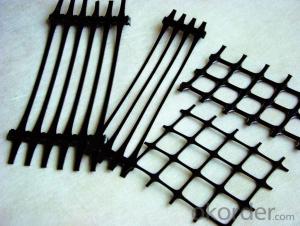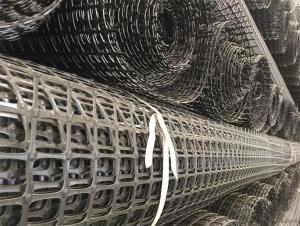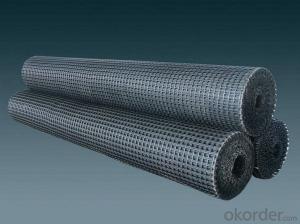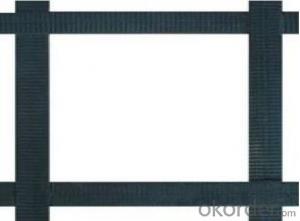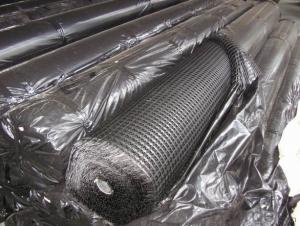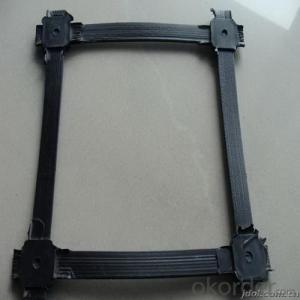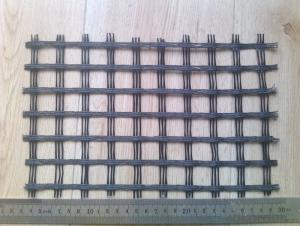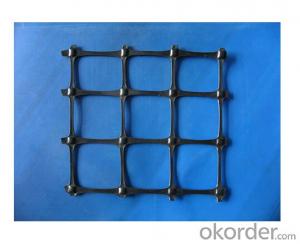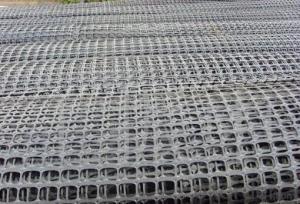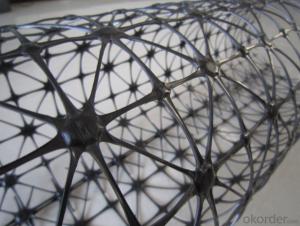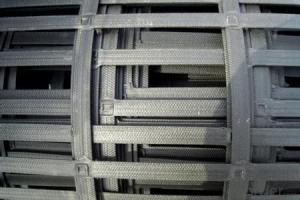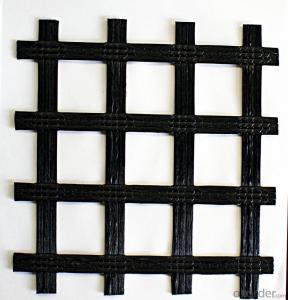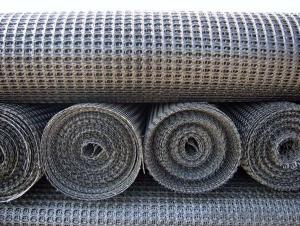Triax Tx160 Geogrid
Triax Tx160 Geogrid Related Searches
Fridge With Freezer On Bottom Driveway Pillars With Lights Blu Ray Player With Recorder Blu Ray Player With Internet Geogrid In Retaining Walls 1708 Biaxial Fiberglass Tape Pullout Resistance Of Geogrid Geogrid Warp Knitting Machine Srw 3 Series Geogrid Biaxial Plastic GeogridHot Searches
Fiberglass Scaffolding For Sale Fiberglass Panels For Sale Fiberglass Greenhouses For Sale Geogrid Fabric For Sale Gas Powered Core Aerator For Sale Revolution 4 Propeller For Sale Alabaster Carving Stone For Sale Geogrid For Sale Near Me Tensar Geogrid For Sale Geogrid For Sale Ex Display Log Cabins For Sale Photoelectric Cells For Sale Athletic Lockers For Sale Cubicle Partitions For Sale Stearman Propeller For Sale Palram Greenhouses For Sale Gumbo Bowls For Sale Suzuki Propellers For Sale Freight Crates For Sale Outhouse Sheds For SaleTriax Tx160 Geogrid Supplier & Manufacturer from China
Okorder.com is a professional Triax Tx160 Geogrid supplier & manufacturer, offers integrated one-stop services including real-time quoting and online cargo tracking. We are funded by CNBM Group, a Fortune 500 enterprise and the largest Triax Tx160 Geogrid firm in China.Hot Products
FAQ
- The difference between polyester glass fiber cloth and glass geogrid
- Hello, this is two different products
- Yes, geogrids are suitable for reinforcing contaminated soil. Geogrids are designed to enhance the stability and strength of soil, regardless of its condition. They can effectively reinforce contaminated soil, providing additional support and preventing soil erosion, even in challenging environments.
- Yes, geogrids are generally resistant to microbial attack. Their construction materials, such as polyester or polypropylene, are not easily degraded by microorganisms, making geogrids a durable and long-lasting solution in various applications.
- Yes, geogrids can reduce the amount of fill material required. Geogrids are designed to improve soil stability and reinforce the fill material. By distributing the load more efficiently, geogrids allow for the use of thinner layers of fill material, thus reducing the overall amount needed. This can result in cost savings and more sustainable construction practices.
- Geogrids reduce settlement in embankments by providing reinforcement and improving stability. They distribute loads more evenly across the soil, preventing excessive consolidation and settlement. Moreover, the geogrids also enhance the bearing capacity of the embankment, preventing soil failure and reducing settlement further.
- Yes, geogrids can be used in ground reinforcement for sports fields. Geogrids are commonly used to stabilize and reinforce soil in various applications, including sports fields. They can help improve the load-bearing capacity, reduce soil movement, and increase the longevity and durability of the playing surface.
- A geogrid works by providing reinforcement and stabilization to soil or other materials. It is typically made of high-strength polymers and has a grid-like structure. When placed within the soil, the geogrid interlocks with the particles, creating a composite material that has improved load-bearing capacity. This helps to distribute forces and prevent the movement or deformation of the soil. Overall, a geogrid enhances the stability and durability of the soil structure, making it suitable for various applications such as road construction, erosion control, and retaining walls.
- Yes, geogrids can be used in temporary soil stabilization applications. Geogrids are commonly used to reinforce and stabilize soil in various construction projects, including temporary applications such as construction sites, event venues, or temporary roadways. They provide effective soil reinforcement, preventing erosion and improving the stability of the soil during construction activities.
















